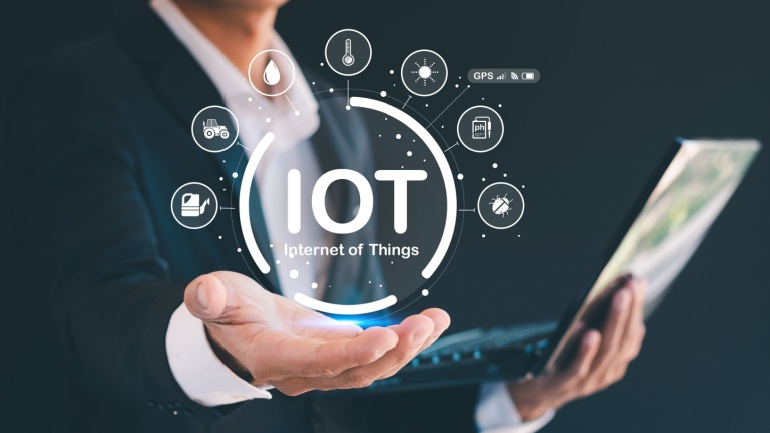Keysight, a leading testing and measurement company, has joined forces with Nokia Bell Labs to address the challenges presented by utilizing very high frequencies in mobile technology. As the industry explores innovative solutions beyond mobile broadband, researchers look for ways to enhance bandwidth by unlocking portions of the spectrum previously deemed impractical for mobile applications. While 5G technology has embraced mid-band (3.5-6 GHz) and mmWave (between 26-300 GHz) frequencies, one of the initial ideas for 6G is to discover even greater bandwidth.
During a recent 6G conference, the 7-15 GHz range—nestled between the mid-band and mmWave frequencies—was identified as a potential candidate for 6G technology. However, Keysight and Bell Labs are currently directing their attention towards what they refer to as D-band and E-band frequencies. These bands, which are considered mmWave, are situated somewhere between 60-170 GHz. To further complicate the nomenclature, the researchers also refer to these frequencies as “subterahertz.”
The challenge with using these previously untapped spectra is their poor propagation properties, such as limited range and penetration. To address these issues, the two companies have pooled together an array of specialized equipment, including amplifiers, mixers, and frequency converters, to enhance propagation qualities.
Giampaolo Tardioli, VP for Keysight’s 6G and Next Generation program, said, “With 6G, we are on the cusp of realizing an unprecedented new era of high-speed, high-reliability, and flexible mobile connectivity that promises to transform human communications.” He further explained that utilizing the subterahertz spectrum would deliver the required speeds for enabling 6G use cases, such as augmented reality and autonomous transportation.
Tardioli emphasized that by collaborating with global industry partners like Nokia Bell Labs, Keysight is working towards creating the 6G technologies necessary for the mobile networks of tomorrow. However, augmented reality and autonomous vehicles—two prominent applications made possible by 5G—are likely to be repurposed for 6G. While there will always be a demand for increased bandwidth, it has been challenging to define clear applications with 5G, making it difficult to get excited about subterahertz at this point. Nonetheless, any technological advancements that render higher frequencies more compatible with mobile technology should be considered a step forward.







